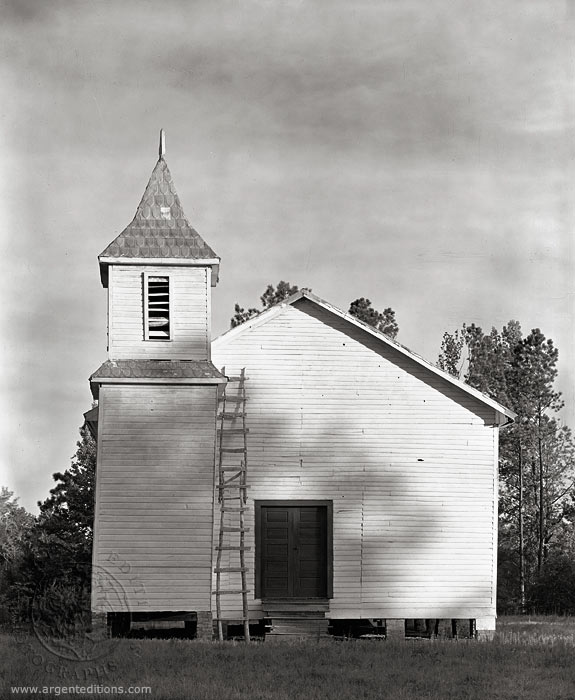
My teaching experience spans five institutions: Florida State University, Tallahassee Community College, Central New Mexico, University of New Mexico, and the University of Tennessee at Knoxville. I have taught survey courses of Religions in the U.S., Gender and World Religions, Living World Religions, Modern World Civilizations, and Early World Civilizations as well as Introduction to American Studies. My upper division courses include Religious Intolerance in the U.S., Apocalypse in American Culture, and a senior seminar on Gender and Religion in American Culture.
My courses are designed both to give the students content knowledge as well as to improve critical thinking skills. My approach centers on challenging students to become novice cultural analysts and critics. This requires training in relevant theory, histories and cultural portrayals of religion, religious people, artifacts and texts. I emphasize lived experience and ambiguity as crucial to comprehending and analyzing religion and the humanities more broadly. To that end, my classes combine both primary and secondary sources to help students reflect on the diversity of religious people and expressions in the Americas and what these stories communicate about the place of religion in American public life.
Since I make use of ethnographic methods to enrich historical study in my own work, it is not surprising that I employ ethnography to introduce my students to religious worlds of various individuals and religious movements. I do this by requiring that students participate in field assignments, during which they perform site visits of religious spaces in order to experience and write about different cultures. They encounter both religious texts and religious peoples in an attempt to create a more accurate picture of the religious worlds people inhabit.
Additionally, I employ material, print, and visual cultures to give students the sensory experience of religion and encourage them to move beyond textual approaches to religion. Using film and documentaries to complement the historical and ethnographic approaches also allows to students to “see with” religious peoples and understand the ways in which religion informs our worldviews and interpretative lenses.
Course descriptions are coming soon.